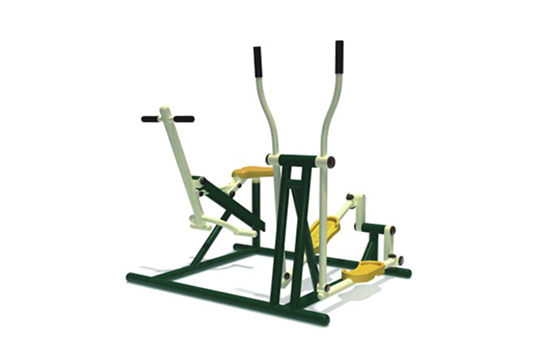Q: What is the 321 rule in fitness?
The 321 rule in fitness suggests doing 3 sets of 2 different exercises, each with 1 minute of rest. This simple method balances strength and endurance training, making workouts efficient and effective for both beginners and experienced exercisers.
Q: What fitness equipment sells the most?
The most popular fitness equipment includes dumbbells, resistance bands, treadmills, ellipticals, and stationary bikes. Adjustable and compact options are particularly in demand for home gyms, while commercial gyms favor durable, high-quality machines from suppliers like Golden Times.
Q: What is the best brand of fitness equipment?
The best fitness equipment brands are those known for durability, safety, and performance. Globally recognized brands include Life Fitness, Precor, Bowflex, and suppliers like Golden Times in China for B2B bulk orders and customizable outdoor or home fitness solutions.
Q: How often should I exercise per week?
Experts recommend 150 minutes of moderate exercise per week, or 75 minutes of vigorous activity. This typically translates to 3–5 workouts weekly, combining cardio, strength training, and flexibility exercises for overall health.
Q: What is the 3-3-3 rule gym?
The 3-3-3 gym rule involves performing 3 exercises, 3 sets each, for 3 repetitions or minutes depending on the program. It’s used to structure workouts efficiently, balancing intensity, volume, and rest for strength and endurance development.
Q: Is walking 30 minutes a day enough?
Walking 30 minutes daily is enough for basic cardiovascular health, weight management, and mental well-being. Combining with strength or flexibility exercises enhances overall fitness and longevity.
Q: What is a healthy heart rate by age?
A healthy heart rate by age varies: adults typically 60–100 bpm, teens 70–100 bpm, and children 80–120 bpm. Resting heart rate depends on fitness level, and lower rates often indicate better cardiovascular health.
Q: What is normal blood sugar by age?
Normal blood sugar levels are generally 70–99 mg/dL fasting for adults and children. Post-meal levels should remain under 140 mg/dL. Values vary slightly with age and health status, and regular monitoring is recommended for early detection of issues.
























